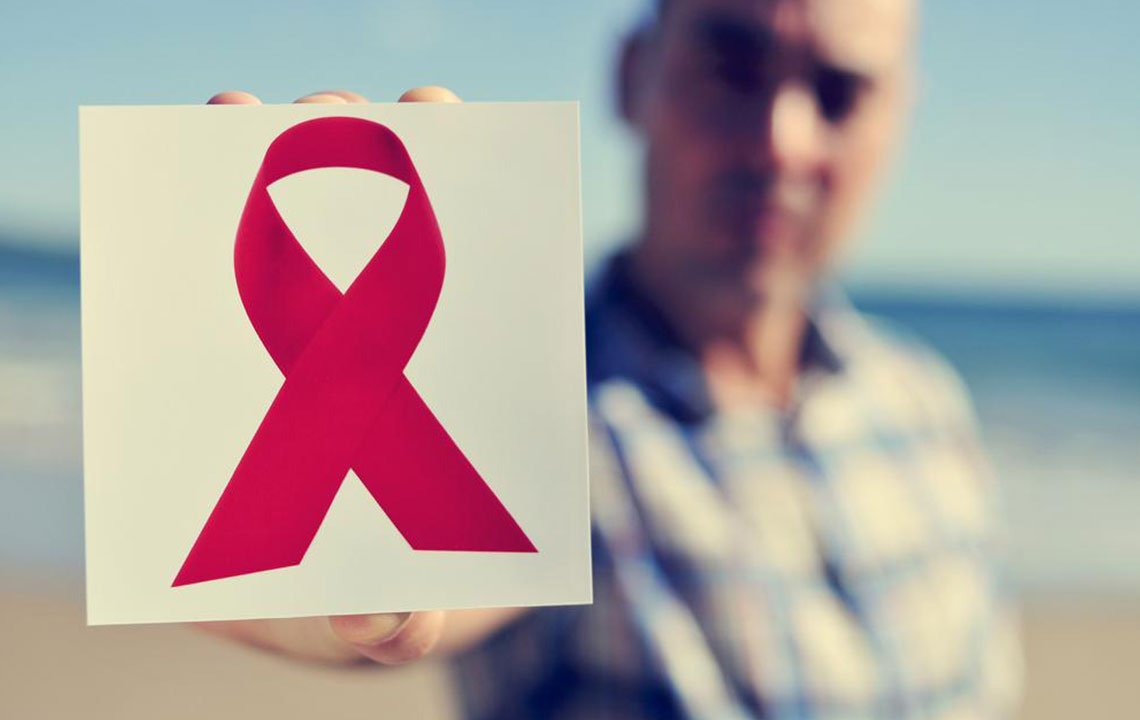What are the causes and symptoms of AIDS?
Acquired Immunodeficiency Syndrome (AIDS) is a disease caused by the Human Immunodeficiency Virus (HIV). This virus attacks and damages the body’s immune system; making the patient susceptible to other infections and diseases.
Causes
HIV is transmitted through infected blood or other body fluids such as semen.
- HIV can be transmitted through any kind of sexual contact. By having oral, vaginal or anal sex with an infected person, the virus can enter the body of another.

HIV to AIDS
One can have HIV infection for many years without it reaching the stage of AIDS.
White blood cells in the body fight infections. HIV targets CD4 cells, which are a type of white blood cells. With time, HIV can reduce the number of CD4 cells in your body quite significantly. AIDS is confirmed if the CD4 count reaches a number below 200.
Symptoms
The symptoms of both HIV and AIDS manifest depending on the stage of the infection.
Primary (acute HIV) infection:
- Flu-like symptoms occur within 4 to 6 weeks after the infection.
- Symptoms may include fever, sore throat, headache, muscle pain, joint pain and swelling in the lymph nodes.
Clinical latent (chronic HIV) infection :
- The only symptom at this stage is the swelling in the lymph nodes.
- With drug therapy, this stage can last for decades.
Symptoms of AIDS
- Recurring fever
- Weight loss
- Chronic diarrhea
- Fatigue
- Night sweats
- Rashes
- Mouth lesions
Even without therapy, people with HIV can experience the chronic stage for a decade without having any AIDS symptoms. However, there is no cure yet.